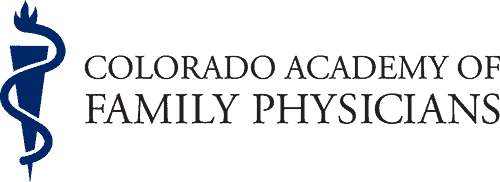Hitting the New Quadruple Aim: Thriving Family Physicians
Every Family Physician I’ve talked to has consistently highlighted one part of family medicine that makes it truly special – the relationships you build with your patients. We have to preserve that bond that is so vital to the joy of family medicine.
Many challenges face family medicine – payment reform, electronic health records, growing administrative headaches, cost-of-care headwinds, oh, and keeping up to date on your medical knowledge. I thought it might be worth focusing my first CAFP blog on an emerging idea that can sustain the joy of family medicine, and help restore it for those who have become increasingly frustrated or may already be burnt out.
The Quadruple Aim
That’s the term coined in an article in the Annals of Family Medicine last year to refocus our attention on the most important resource in our healthcare system – providers. Thomas Bodenheimer, MD and Christine Sinsky, MD make the case in their article that the Triple Aim approach is incomplete. The foundation to improve the patient experience, improve health outcomes, and lower costs rests upon our healthcare providers.
With growing rates of physician burnout and job dissatisfaction, we need a fundamental shift to ensure the work life of Family Physicians, and all providers and staff, is front-and-center in our vision for a better healthcare system in Colorado. A Medscape survey conducted in January of this year found that half of all family physicians are experiencing some level of burnout, among the highest of any specialty. How can we expect a healthcare system to work when half of the people on the frontlines of primary care are exhausted, overworked, and encounter countless obstacles to spending more time with their patients where they can genuinely build relationships?
The answer: we can’t.
Which is why we should refashion our thinking toward the Quadruple Aim. Policymakers, healthcare leaders and health service organizations should value the work life of our providers as a primary objective, rather than as an afterthought or secondary outcome. Our doctors would be much happier doing what they love and building those relationships. The patient experience would be much better if their family physician didn’t have to spend a third of their time documenting the care they give, and patients would be healthier if their doctor had a few more minutes to spend coaching them on healthy living or managing their diabetes.
As we endeavor to build a better healthcare system, let’s not just remember the people who provide the care. Let’s help them thrive.
